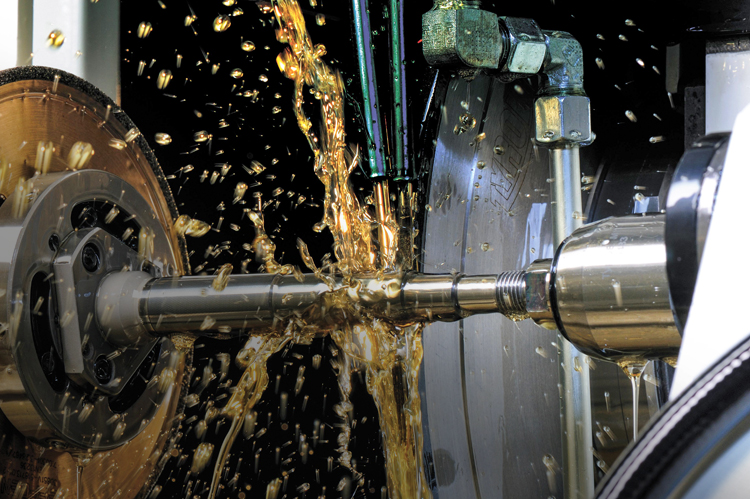- Feb 24, 2024
In the realm of manufacturing, precision and accuracy are paramount. As businesses strive to meet stringent quality standards and tight tolerances, the choice between CNC prototyping and traditional methods becomes crucial. In this article, we'll delve into the accuracy of CNC prototyping compared to traditional methods, exploring the key factors that influence precision and the implications for machining quote estimates and CNC services.
Understanding CNC Prototyping and Traditional Methods:
- CNC prototyping utilizes computer numerical control (CNC) technology to create highly accurate prototypes and parts from various materials.
- Traditional methods, such as manual machining or casting, rely on skilled labor and physical tooling to produce components.
Factors Influencing Accuracy:
- CNC Prototyping: CNC machines offer exceptional accuracy due to their computer-controlled precision. Factors such as machine calibration, tool wear, and material properties can affect accuracy.
- Traditional Methods: Accuracy in traditional methods depends largely on the skill of the machinist, the quality of the tools, and the consistency of the manufacturing process.
Tolerances and Precision:
- CNC Prototyping: CNC machines can achieve tight tolerances, often within a few thousandths of an inch or even microns. This level of precision makes CNC prototyping ideal for intricate designs and complex geometries.
- Traditional Methods: While skilled machinists can produce accurate parts, traditional methods may struggle to achieve the same level of precision as CNC machining, especially for complex shapes or tight tolerances.
Consistency and Reproducibility:
- CNC Prototyping: CNC machines offer high levels of consistency and reproducibility, ensuring that each part produced is virtually identical to the next. This consistency is essential for mass production and quality control.
- Traditional Methods: Variability in manual machining processes can lead to inconsistencies between parts, requiring additional time and effort to achieve uniformity.
Cost Considerations:
- CNC Prototyping: While initial setup costs for CNC prototyping may be higher, the ability to achieve high levels of accuracy and consistency can result in long-term cost savings, especially for high-volume production runs.
- Traditional Methods: Traditional methods may offer lower upfront costs but can incur higher labor expenses and increased scrap rates due to inaccuracies and rework.
Implications for Machining Quote Estimates and CNC Services:
- Machining Quote Estimates: CNC prototyping quotes may reflect the initial investment in CNC machinery and tooling but often provide more accurate cost predictions due to reduced material waste and improved efficiency.
- CNC Services: CNC machining services offer unparalleled accuracy and reliability, making them a preferred choice for businesses requiring precision components for demanding applications.
Conclusion: In conclusion, CNC prototyping offers superior accuracy compared to traditional methods, thanks to its computer-controlled precision, tight tolerances, and consistency. While traditional methods may have their place in certain applications, CNC prototyping provides unmatched levels of precision and reliability, making it the preferred choice for businesses seeking high-quality components and cost-effective solutions.


